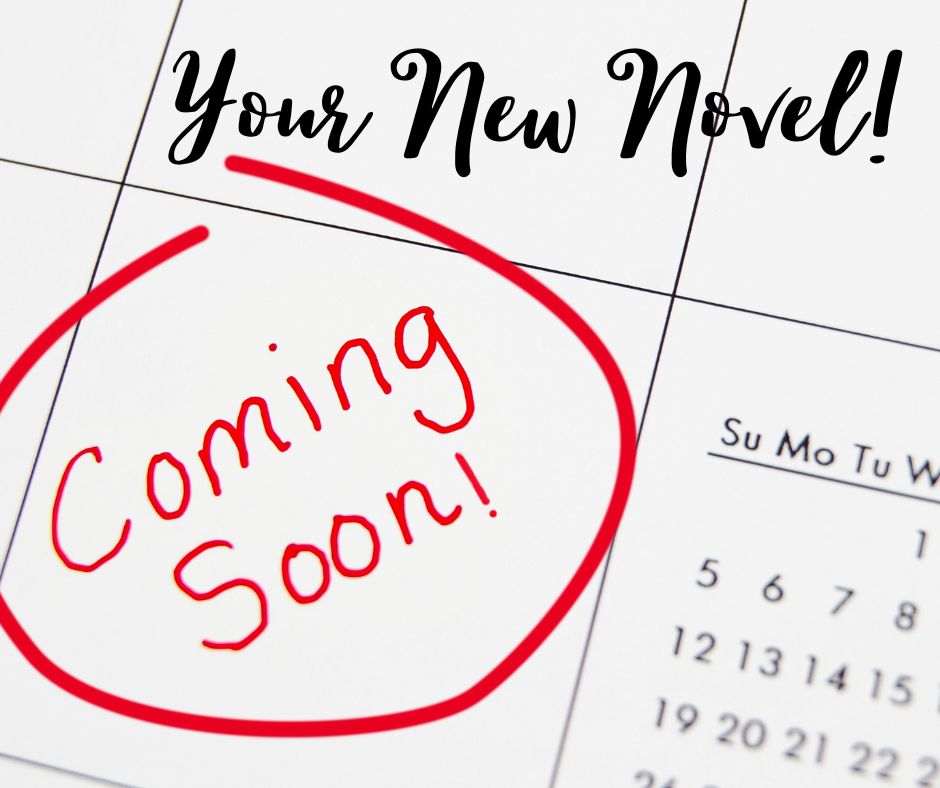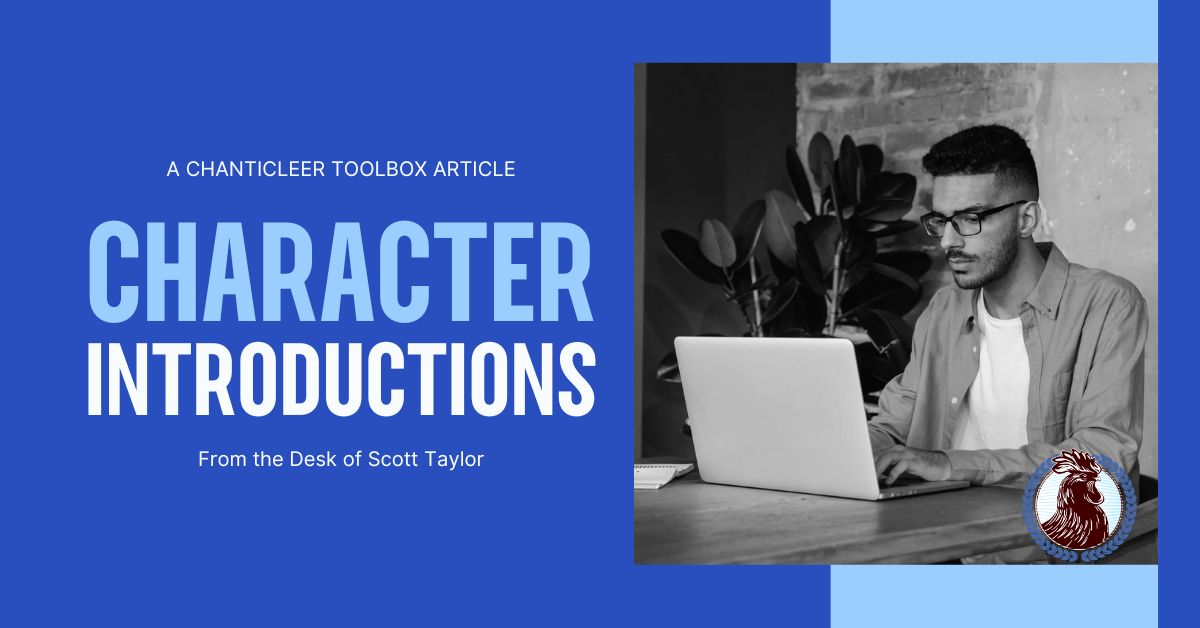|
Listen to or download this article:
|

Glissando is a term from music meaning sliding or gliding over keys.

When glissando is applied to wordcraft, it means paying attention to the sound and flow of language. Sounds arrest the reader’s attention. Even if your words are not read out loud, the reader hears them with her/his inner ear.
All language has sound and sound communicates meaning, emotion, mood and tone. Language is also embedded with deeply appealing rhythms that, like drum beats or heart beats, that slip into the reader’s consciousness and enhance the experience of reading.
In all writing, every word exists for a reason, every sentence builds the scene or idea. Each word is a note. Sometimes you want sound to lull a reader before you slap him with a heated argument or stage a bombshell scene. Sometimes you want him to pause at the end of a string of words. Sometimes you want to march along briskly as you dispense information.

When sound is emphasized a narrative becomes poetic. When sound is deliberately employed, sentences, paragraphs and scenes have clout. Writing without themes, purpose and music is only typing and writing without paying attention to sound is flat and empty.
Sound can add or subtract to the flow of writing. Like other writing devices, flow is a nearly invisible factor, but when it’s employed, your writing will be seamless and will reflect the mood and ambiance of a particular point in a story.
A note from Kiffer: Think of a symphony.
Think of symphonies and the myriad of moods that they evoke.
A few examples:
- Stravinsky’s riotous Rite of Spring
- Gershwin’s sultry jazzy and brash exuberant Rhapsody in Blue
- Bernstein’s fresh and challenging West Side Story
- Mozart’s complex and exhilarating Jupiter
- Aaron Copland’s stirring and nostalgic Symphony for the Common Man
- Bear McCreary’s Symphony for Battlestar Galactica (a side note: Bear is from Bellingham)
Each symphony is written with the same twelve notes, one note at a time. Each novel, each written work, is written one word at a time.

Flow
Flow happens when ideas and stories have fluidity, connectivity, and cohesion. Flow is consciously applied as a courtesy to the reader because readers deeply resent being lost of confused when amidst a page or story. Readers also hate to be jolted or to dangle, or feel a sense of disorientation. Flow provides the map, flow connects the dots, flow grants readers firm footing. Flow aids the internal logic needed to make your ideas comprehensible. Flow will move the reader from sentence to sentence, paragraph to paragraph, idea to idea, scene to scene, and chapter to chapter with grace and ease.
Transitions
An essential technique that creates flow is transitions and it’s shocking how often writers neglect to use them. Transitions are the words, phrases, sentences or paragraphs used to bridge what has been said with what is going to be said. Simple transitions are generally, but not always, a subordinate clause placed in the beginning of a sentence or paragraph and used as a road sign indicating a change. Probably the most famous transition in writing is “meanwhile, back at the ranch.” It provides an easy shorthand and the reader knows, Ah, we’ve changed locales; we’re at the ranch again. Wonder how Jane is getting along since Luke has been on the cattle drive for three months now.
Transitions are handy devices because they can accomplish so much in only a few words. Their jobs are to signal: a change in time, a change in place, a shift in mood or tone, or a shift in point of view. Transitions also clarify relationships, emphasize, contrast or compare things, conclude actions or thoughts, and create associations.
Here are a few tips for writing with wordcraft.
- When in doubt, understate. Often the most painful, emotional, or violent moments in writing works best by using a minimalist approach.
- Write about subjects that mean something to you, emotionally and intellectually; that force you to question your beliefs and values.
- Save lush passages for choice moments in the story, especially decisions, revelations, and reversals. If you use heightened prose every time your character feels an emotion the whole will become contrived.
- Omit redundancies like grotesquely ugly, grim reminders, complete surprise, and happy coincidence.
- Make certain every sentence adds something new.
- Generally avoid heightened prose for endings—often the best endings are concrete or understated.
- Respect word territory. If you feature an unusual word in a sentence (effervescent, rococo, unremunerated, infelicity) then don’t repeat it again in a nearby paragraph or better yet, use it only once.
Don’t forget to keep asking yourself, what does this remind me of? As you lay out sentences and scenes, but also as go through your days, look around you with an artist’s curiosity. It’s a simple question, and leads to wizardry.
Keep writing, keep dreaming, have heart. Jessica

Jessica Page Morrell
Jessica Page Morrell is a top-tier developmental editor for books and screenplays. Her articles have appeared in Writer’s Digest and The Writer magazines. She is known for explaining the hows and whys of what makes for excellent writing and for sharing very clear examples that examine the technical aspects of writing that emphases layering and subtext. Her books on writing craft are considered “a must have” for any serious writer’s toolkit.
Jessica will teach the Master Craft Writing Classes at the Chanticleer Authors Conference on Thursday, Sept. 3, 2020 and will present sessions during the conference.
Did you know that Chanticleer offers editorial services? We do and have been doing so since 2011.
And that our professional editors are top-notch and are experts in the Chicago Manual of Style. They have and are working for the top publishing houses (TOR, McMillian, Thomas Mercer, Penguin Random House, etc.). If you would like more information, we invite you to email Kiffer or Sharon at KBrown@ChantiReviews.com or SAnderson@ChantiReviews.com.
A great way to get started is with our manuscript evaluation service. Here are some handy links about this tried and true service:
https://www.chantireviews.com/manuscript-reviews/
We work with a small number of exclusive clients who want to collaborate with our team of top-editors on an on-going basis. Contact us today!

Writer’s Toolbox








Leave A Comment